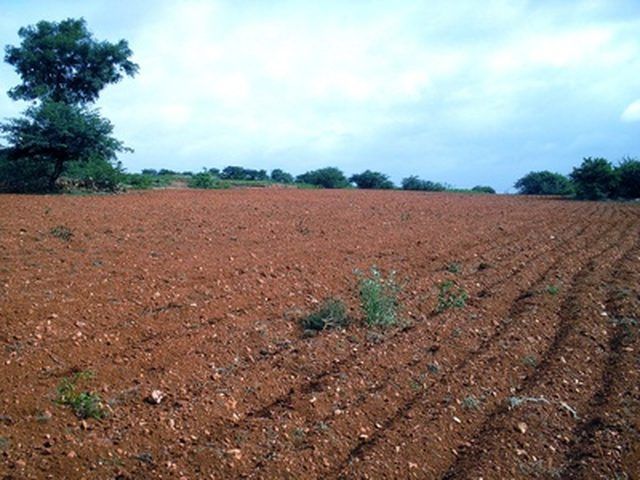Bulbs
Flower Basics
Flower Beds & Specialty Gardens
Flower Garden
Garden Furniture
Garden Gnomes
Garden Seeds
Garden Sheds
Garden Statues
Garden Tools & Supplies
Gardening Basics
Green & Organic
Groundcovers & Vines
Growing Annuals
Growing Basil
Growing Beans
Growing Berries
Growing Blueberries
Growing Cactus
Growing Corn
Growing Cotton
Growing Edibles
Growing Flowers
Growing Garlic
Growing Grapes
Growing Grass
Growing Herbs
Growing Jasmine
Growing Mint
Growing Mushrooms
Orchids
Growing Peanuts
Growing Perennials
Growing Plants
Growing Rosemary
Growing Roses
Growing Strawberries
Growing Sunflowers
Growing Thyme
Growing Tomatoes
Growing Tulips
Growing Vegetables
Herb Basics
Herb Garden
Indoor Growing
Landscaping Basics
Landscaping Patios
Landscaping Plants
Landscaping Shrubs
Landscaping Trees
Landscaping Walks & Pathways
Lawn Basics
Lawn Maintenance
Lawn Mowers
Lawn Ornaments
Lawn Planting
Lawn Tools
Outdoor Growing
Overall Landscape Planning
Pests, Weeds & Problems
Plant Basics
Rock Garden
Rose Garden
Shrubs
Soil
Specialty Gardens
Trees
Vegetable Garden
Yard Maintenance
The Effect of pH on Soil Bacteria
The Effect of pH on Soil Bacteria. The diversity of soil bacteria is largely dictated by the pH of the soil. While neutral and alkaline soils encourage the growth of a large number of species of soil bacteria, acidic soils have an negative impact on their growth and species richness. This is the reason why the acidic soils of tropical rainforests...

The diversity of soil bacteria is largely dictated by the pH of the soil. While neutral and alkaline soils encourage the growth of a large number of species of soil bacteria, acidic soils have an negative impact on their growth and species richness. This is the reason why the acidic soils of tropical rainforests show lesser soil diversity when compared with the neutral and alkaline soils of desert areas.
Soil Bacteria
Most soil bacteria prefer a narrow pH range of 6.7 to 7.5 to thrive. However, some soil bacteria can grow only under low-pH conditions. They are known as acidophilic bacteria. Some soil bacteria can thrive only under high-pH conditions. They are known as alkaliphiles. There is yet another category of soil bacteria, known as the neutrophiles, which can live only under neutral-pH conditions.
Acidophiles
Acidophilic bacteria grow in soils with pH levels ranging from 1 to 5. Species of acidophilic bacteria are found inhabiting acidic soils across all parts of the globe. They are able to withstand and survive in the acidic environment because they are able to maintain a pH levels of 6.5 inside their body by constantly transporting hydrogen ions out of their cells.
Alkaliphiles
Alkaliphiles grow in soils with pH levels ranging from 9 to 11. Species of alkaliphiles are found inhabiting alkaline soils and lakes with alkaline waters. They are able to survive in the alkaline environment because they are able to maintain pH levels of 8 inside their bodies by constantly transporting hydrogen ions into their cells.
Neutrophiles
Neutrophiles are bacteria that can ideally grow only in neutral soils with pH 7. Species of neutrophiles inhabit soils with pH ranging from 5.4 to 8.5. These type of bacteria tend to maintain a neutral internal body pH and are therefore able to survive in a wide range of geographical zones.
Effect of PH Changes on Soil Bacteria
The pH level of the soil governs a lot of factors, such as availability of nutrients, carbon and essential trace elements, and therefore has a great impact on bacterial growth. Hence, even minor changes in the soil pH can drastically affect the diversity of soil bacteria. For instance, adding lime or ash to acidic soils can increase the pH of the soil and reduce its acidity. As a result, the soil becomes neutral or slightly alkaline, and thereby supports better bacterial growth and diversity. However, adding too much of lime or ash to acidic soils can push the soil pH to extremely alkaline levels.
According to a study conducted at Rothamsted Research in the United Kingdom, when the soil pH is increased from 4 to 8, it brings about a corresponding increase in the bacterial growth by four times, but any further increase in pH values can be detrimental to bacterial growth. Bacterial growth is most pronounced at pH 7. Increasing the pH to more-alkaline levels or decreasing the pH to extremely acidic levels can be lethal for soil bacterial populations.